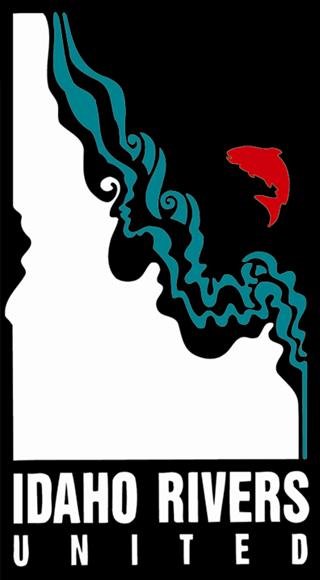Governor's Salmon Work Group II
Governor's Salmon Work Group II
Governor Little’s Salmon Work Group reconvened in Salmon on July 30th and 31st for its second round of discussion and meetings. The focus was centered on habitat improvements that have occurred in salmon and steelhead spawning and rearing tributaries throughout the upper Salmon River Basin. The work has been a showcase of what is possible with collaboration. Landowners and conservation groups have come together and designed mutually beneficial easements that balance agriculture and stream restorations, benefiting both fish and landowners. Irrigation canals have been screened off, keeping fish safely in the rivers, and the rivers themselves have been reconnected and made more complex and varied, creating habitat for Idaho’s spawners.
The upper basin habitat improvements have been important, and we commend the cooperative work of conservation-minded landowners and the IDFG, but they do not address the problem of salmon restoration, which is limited by downstream passage from the lower Snake River dams. The only way to truly restore the salmon and steelhead populations of Idaho is to breach the four dams. The main stem of the Salmon River is already home to some of the best spawning and nursery habitat in the world, and remains largely vacant. The Office of Species Conservation has unfortunately missed an opportunity to look beyond a single upstream basin at the wider habitat needs of salmon and steelhead.
IRU Executive Director, Nic Nelson, spoke to the importance of moving beyond past recovery failures during the public comment period, “This workgroup needs to step away from policy that aids and abets past federal failures...policy that is scientifically invalid, misplaced, and has brought Idaho salmon to the brink of extinction.” “Idaho salmon cannot be recovered by only actions in Idaho,” he went on to say.
Some in the work group spoke to the fact that they were not tasked with solving a regional issue. They couldn’t be more wrong. The recommendations this work group produces are meant to inform Idaho’s position within a regional setting. Salmon and steelhead transcend our state lines and our neat boxes of habitat, making their recovery an inherently regional task. If the group cannot acknowledge that fact, the citizens of Idaho must take it into their own hands to truly recover our native salmon. Too many decades of shallow returns have gone by. With the negative effects of climate change on salmon already starting to appear, our time to act decisively is now.
The silver linings to a disappointing work group session were the public comments provided by people from the Salmon area and across Idaho. They expressed their exasperation with year after year of small runs of fish. A way of life and an economic support for many, the success of these fish is intertwined with the prosperity of the people that rely on them. They spoke of what they could see with their own eyes: beautiful habitat but no fish to fill it; no redds shimmering beneath the water; silence where their once was the sound of hundreds of bodies thrashing upstream. Idaho’s residents need their salmon and steelhead back in healthy numbers, and they are ready to look beyond their respective communities and across state lines to find a regional solution.

